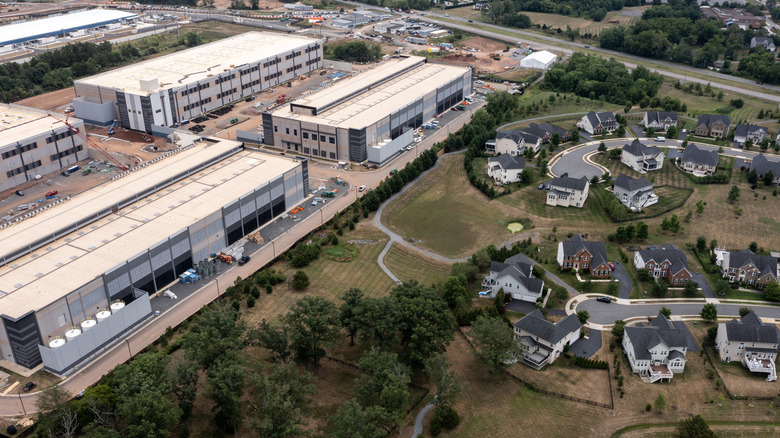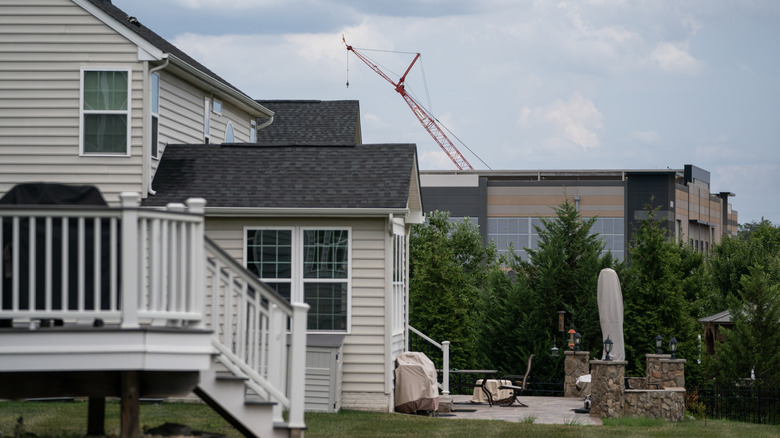Do Data Centers Harm Or Help Your Property Value?
Data centers are becoming a hot topic. The sprawling, windowless buildings store and process everything from your smartphone's cloud backups to those questions you ask ChatGPT about your DIY home projects. Their arrival often reshapes communities by bringing constant construction, more traffic, and an aesthetic component that neighbors usually don't welcome. Like most things in real estate, the overall impact depends on where the facility is built, how it's designed, and whether the surrounding neighbors feel included in the planning process. But even though they keep our favorite shows streaming and virtual meetings zooming, data centers often harm nearby property values, losses which largely outweigh any potential tax or infrastructure benefits.
The United States leads the world in the number of data centers, which cost millions, and sometimes even billions, of dollars to build. Along with the potential short-term construction job creation, they bring significant investment that can transform industrial land into major tax generators. Local and state municipalities see them as an opportunity to increase revenue for schools, roads, and public services. And, data centers often go hand-in-hand with power, fiber internet, and road improvements that result in major increases in assessed land value and property tax revenues.
But for longtime homeowners and potential buyers, it's more complicated. In high-growth areas, home prices continue to rise despite new data centers nearby. If you're looking to sell and relocate in the short term, this bump may benefit you. But higher assessments mean rising property taxes and pricing out first-time buyers, retirees, and lower-income households. Long term, affordability issues reduce demand. Data centers may strengthen municipal budgets, but for property owners, their presence is more of a burden.
Data centers raise costs and reduce property appeal
Large-scale data centers don't just alter the local tax base. They also quickly change the character of an area. It isn't just the way several large concrete structures dwarf nearby residential homes. Data centers also often have backup generators and cooling systems that add a constant hum to the area. Along with the noise, they rely on astronomically high electricity usage, which floods communities with harmful pollutants and threatens local power grids.
Researchers cited by The Washington Post also estimate that a single data center can use up to 5 million gallons of water per day. This threatens not just residential areas but entire regions, especially those facing water scarcity as a result of prolonged droughts. Concerns about utility costs, or even access, can harm both actual and perceived residential property values because they strongly influence how attractive a community feels to buyers.
The bottom line is that data centers are significantly driving up costs for local residents, which means even if you can't see it from your dream house, there's still a hefty price to pay for living near one. If you're preparing to buy a home or you already own one near a data center, you'll need to remain cautiously curious about how it's impacting not just your property value but your overall quality of life. What makes the biggest difference between burden and benefit is how close the data center is to your property, what buffers exist in terms of landscaping or other noise mitigation efforts, local zoning regulations that keep potential disturbances in check, and how prepared local utility companies are to provide services without frequent rate hikes.

